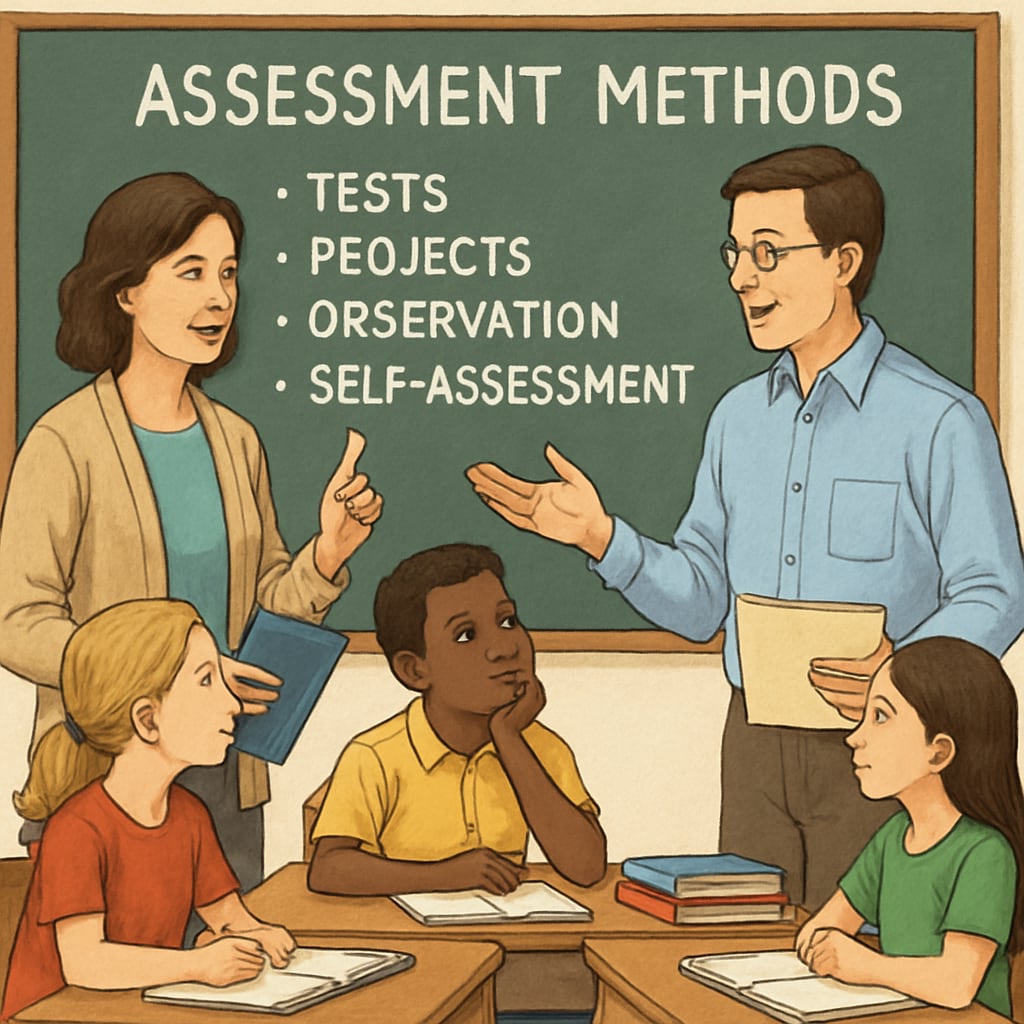In K12 education, grades have long been the primary method of assessing student performance. While they offer a standardized way to measure achievement, relying solely on grades as the key indicator of learning outcomes often oversimplifies the complexities of education. This approach fails to capture the broader spectrum of student growth, such as critical thinking, creativity, and collaboration. Recognizing the limitations of traditional grade-based evaluation, educators must explore more effective ways to track learning progress, foster development, and ensure holistic education.
Why Grades Alone Fall Short as an Indicator of Learning
Grades primarily focus on what students can recall or produce during tests or assignments, emphasizing rote memorization over genuine understanding. This approach overlooks essential aspects of learning such as problem-solving abilities, emotional intelligence, and long-term skill acquisition. For instance, a student who excels in group collaboration but struggles with test anxiety may have their abilities misrepresented by grades alone.
Moreover, a grade-based system can inadvertently promote unhealthy competition among students, shifting the focus from learning to achieving high scores. As a result, students may prioritize short-term performance rather than cultivating curiosity and lifelong learning habits.

Alternative Methods for Measuring Learning Outcomes
To address the limitations of grades, educators are exploring alternative methods that evaluate learning holistically. Some of these methods include:
- Portfolio-Based Assessment: Students compile a portfolio showcasing their work across various subjects, allowing educators to assess creativity, effort, and progress over time.
- Project-Based Learning: By engaging in long-term projects, students demonstrate their ability to apply knowledge in real-world scenarios, fostering critical thinking and collaboration.
- Peer and Self-Evaluations: These assessments encourage students to reflect on their own learning and provide constructive feedback to peers, emphasizing personal growth and communication skills.
- Real-Time Tracking Tools: Digital platforms enable teachers to monitor students’ progress continuously, offering insights into their strengths and areas for improvement.
These approaches shift the emphasis from outcomes to processes, ensuring that students are evaluated not just based on results but on their overall development.
Building a Multi-Dimensional Assessment System
To create a truly effective evaluation system, schools need to integrate diverse methods into their curriculum. A multi-dimensional framework may include the following:
- Performance-Based Assessments: Tasks requiring students to demonstrate applied knowledge through presentations, experiments, or creative work.
- Soft Skills Evaluation: Assessments focusing on teamwork, leadership, and emotional resilience.
- Continuous Feedback: Regular teacher-student interactions that provide constructive guidance throughout the learning process.
- Contextualized Assessments: Tailoring evaluations to match students’ individual learning styles and challenges.
Integrating these components ensures a balanced assessment system that values both academic achievement and personal growth.

The Role of Technology in Modern Learning Assessment
Technological advancements have opened new avenues for education assessment. Tools like learning management systems (LMS) and AI-driven platforms help teachers track student performance in real time, identifying trends and areas requiring intervention. For example, adaptive learning programs analyze students’ progress and adjust content to suit their needs, ensuring personalized education.
Additionally, technology enables data-driven insights that inform curriculum development, helping educators tailor instruction for diverse student groups. As a result, schools can shift from a one-size-fits-all model toward a dynamic and inclusive approach to learning assessment.
Conclusion: Beyond Grades—A Holistic Approach to Learning
Grades serve a purpose, but they are far from the complete picture of a student’s abilities and potential. By embracing multi-dimensional evaluation methods and leveraging technology for real-time tracking, educators can create a system that fosters curiosity, creativity, and resilience in students. This approach not only prepares learners for academic success but also equips them with the skills needed to thrive in an ever-changing world.
Ultimately, education must move beyond the narrow confines of grades and focus on nurturing the diverse talents of every student. The future of learning assessment lies in creating systems that value growth, adaptability, and lifelong learning.
Readability guidance: Short paragraphs, clear transitions, and concise lists ensure that the content is accessible and engaging. Avoiding over-reliance on passive construction maintains a dynamic tone.


